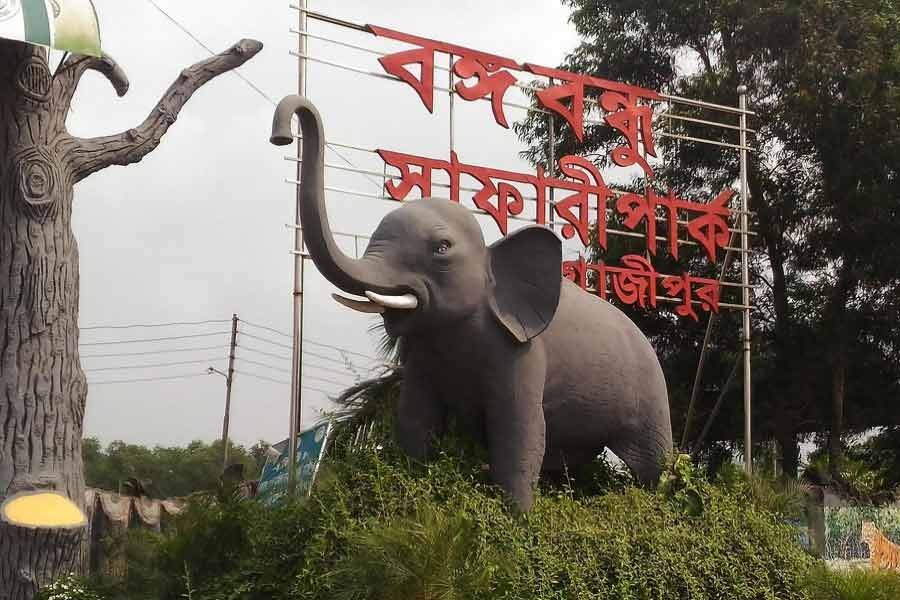The death of nine zebras inside the Bangabandhu Sheikh Mujib Safari Park at Sreepur, Gazipur between January 2 and 24 obviously has been as much shocking as it is surprising. Two more joined the death procession by Sunday, January 30, making the total death at 11 within a month. An investigation has determined that five of the nine zebras that died earlier were victims of bacterial infection and the rest four died of infighting. Now many questions remain unanswered. First, why did the news of nine zebra's death came at a time in the media when there were time gaps between their deaths over a total period of more than three weeks? Was it not appropriate to make the information of each of the animal's death public immediately? Isn't the coincidence of bacterial attack and breeding season's fight somewhat anachronistic? The freedom of roaming within a wide boundary may not provide them with the openness of African savannah but still the defeated contender enjoys enough space to run away from the dominant male in the Gazipur Safari park. The next question is, if the four supposed to have died of infighting are all male.
The truth is that the zebra population was increasing within the safari park over the years with the newborns joining the rank regularly. There was no report of infighting among dozens of these animals there over mating right before. So, what has happened this time that the black and white striped gregarious flock suddenly turned so violent as to carry out the fight unto death? This is unheard of in case of zebras. Animal experts have also made it clear that the zebras have no lethal arms such as horns or fangs to cause grievous wounds. On what basis have the investigators arrived at the conclusion that the quartet was behind its own death?
The cause of the death of the latest two victims is yet to be known. But now that the two causes have been cited, most likely one of these will be given as a reason for their demise too. Even in case of bacterial infection, the safari park authority cannot shirk its responsibility. The zebra population could proliferate over the past five years without such sad incidents. Five male and six female zebras were reportedly brought to the park from South Africa in 2017 and their number increased to 31 before the death of the 11. If inbreeding were a cause of death, it could rather be more convincing.
Following the zebras' death, a tiger also met its end in the safari park. Its death may have no link to those of the zebras but still the news was kept secret. Why? The explanation that the safari park authority was busy dealing with zebras' death and forgot to inform the media is untenable. It is expected that keepers of wild animals have extensive knowledge of the life and habits of those in their charge. To that end they must study related books and undergo training from time to time in order to keep them updated with the latest findings deemed important for taking better care of the wild animals. Also love for animals and respect for living world's diversity should be their principal criteria of the job.


